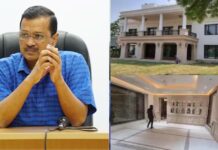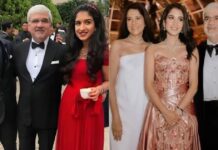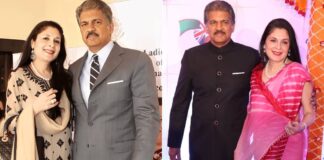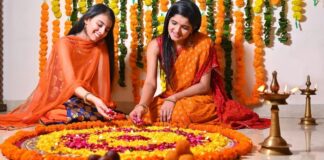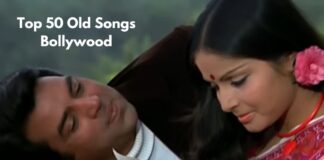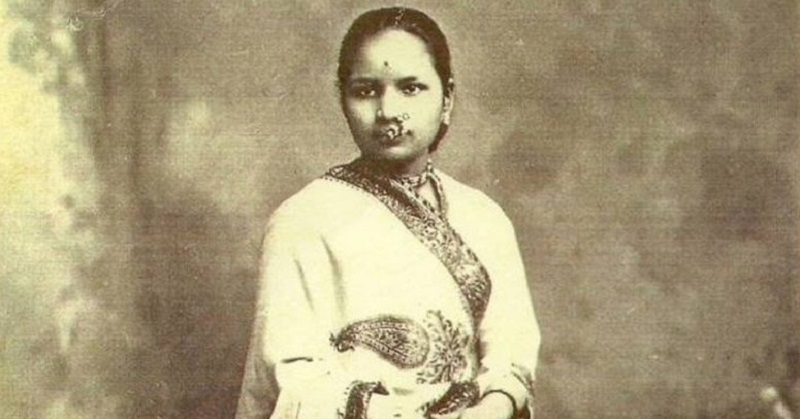
Back in the days when India was under the British rule in the 1800s, the age-old Indian customs allowed people to get married at any age and most of the times this was without any of their consent. Child marriages were very common and children, especially girls were made to marry even before their teenage. Due to an early marriage, girls used to go through a lot of health issues, mental trauma and lots many other problems. Apart from that, the fact that decisions of one’s life were made without the consent of that person, were enough to keep the girl/woman to remain submissive throughout her life. One young lady who stood up against all the atrocities was Rukhmabai.
Let us take a look at the forever inspiring story of this Rockstar of a lady!
ADVERTISEMENT
Birth of Rukhmabai
Rukhmabai was born on 22nd November 1864 in a Marathi household to father Janardhan Pandurang and mother Jayantibai.
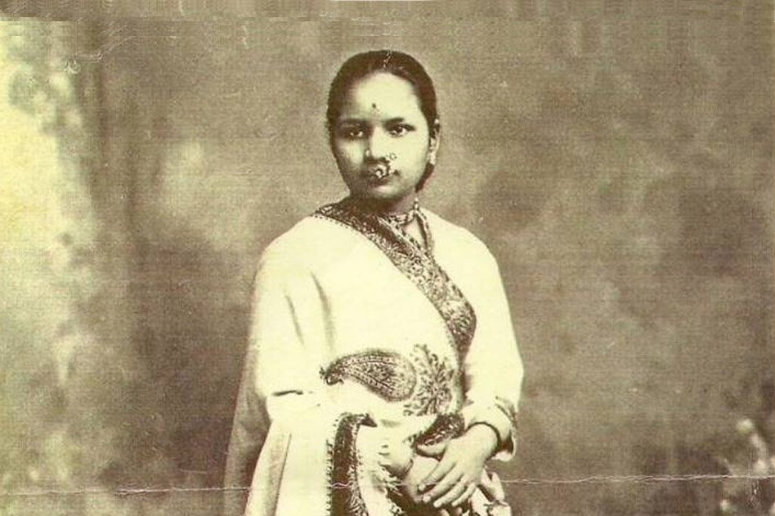
Early life
Rukhmabai’s father passed away when she was just two years old and her widowed-mother remarried widower Dr. Sakharam Arjun after six years after her husband’s death. If it raised your eyebrows, then let be known that remarriage of widows was permitted back then among that community which the couple belonged to.
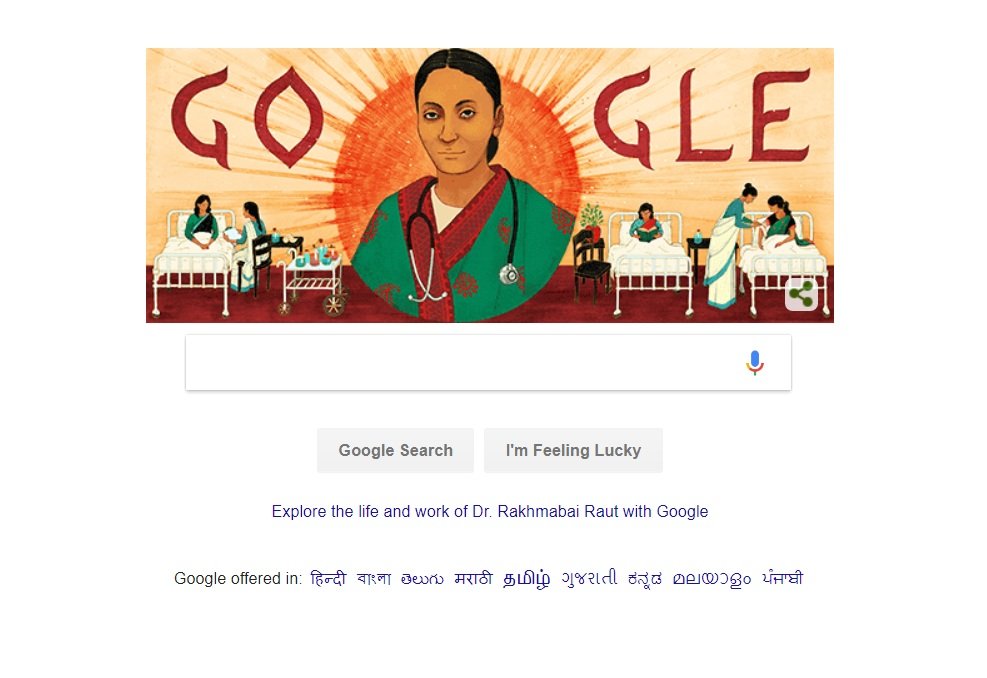
Got married at the age of 11
Just when Rukhmabai was 11 years old, she was married off to Dadaji Bhikaji who was 19 years old. Bhikaji was a cousin of her step-father and agreed to stay with the Rukhmabai’s family as a ‘gharjawai’ in return for the sole expectation that he would gain education and become a ‘good man’.
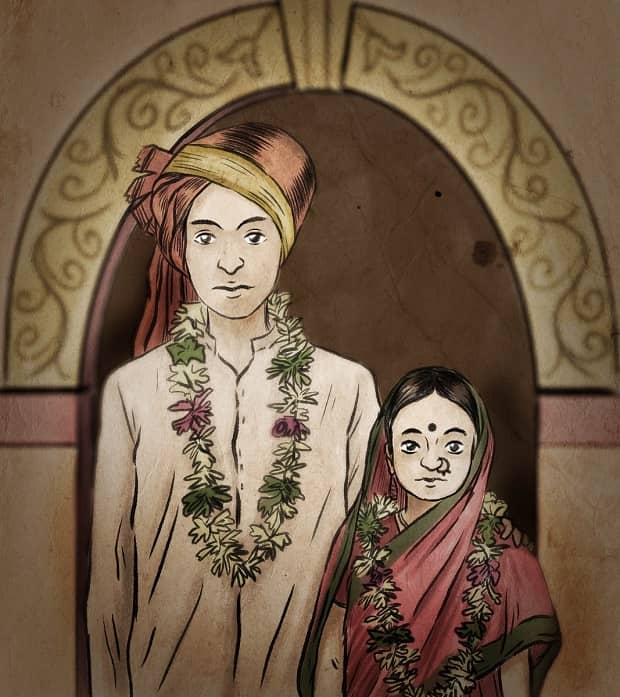
The twist after marriage
After 6 months of being married and just when Rukhmabai was about to reach puberty, there was a societal pressure to consummate the marriage, to which her stepfather objected as it was too early. Disappointed by this, Bhikaji turned to wayward ways and accumulated huge debts. Meanwhile, Rukhmabai studied at home with books provided by a Free Church Mission library and met with big names who worked for women’s causes such as Vishnu Shastri Pandit. Eventually, when she turned 12, she refused to join her husband and this decision of her was fully supported by her stepfather.
ADVERTISEMENT
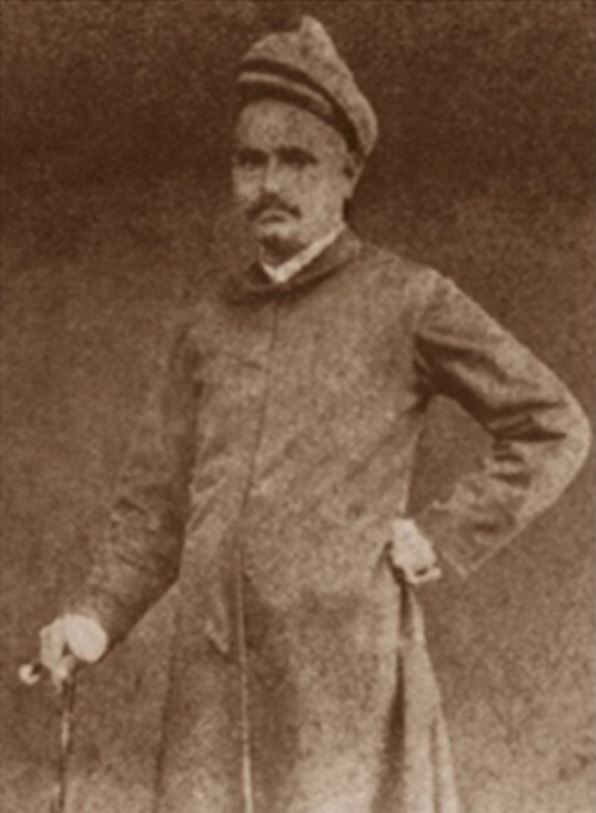
One of India’s most influential and publicised trial begins – Bhikaji Vs Rukhmabai
The month of March in the year 1884, saw Bhikaji send a legal notice Rukhmabai’s stepfather Sakharam Arjan. He asked him to stop preventing Rukhmabai from joining him and subsequently in 1885, the case titled ‘Bhikaji Vs Rukhmabai’ came up for hearing. The judgement of this case was against Bhikaji on the grounds that no young lady who has been married in her ‘helpless infancy’ can be compelled to stay with someone. The case came up for a retrial in 1886 and in March 1887, the judge ordered Rukhmabai to ‘go live with her husband or face six months of imprisonment’ to which Rukhmabai responded that she would rather face imprisonment than obey the verdict.
Intervention of Queen Victoria
The dissolution of her marriage was only made possible in July 1888 after she appealed to Queen Victoria, who in turn overruled the court and gave the decision in Rukhmabai’s favour.
In 1888, Bhikaji accepted monetary compensation of two thousand rupees to dissolve the marriage. Both parties came to a compormise and Bhikaji remarried in 1889.
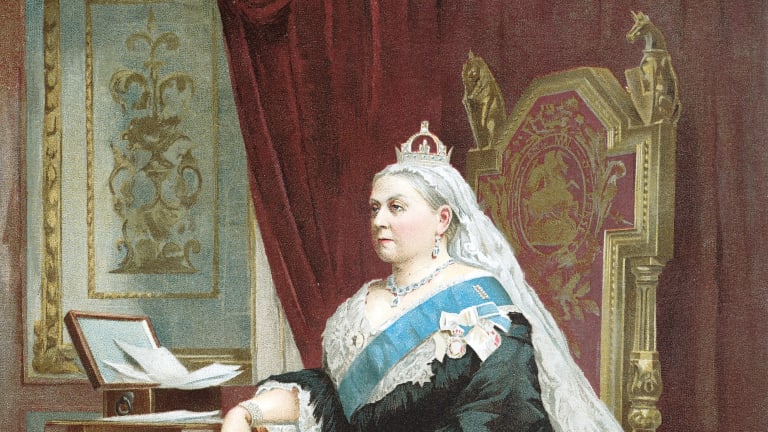
Age of Consent Act, 1891
The ground-breaking judgement and immense publicity and debate generated by the case brought the ‘Age of Consent Act, 1891’ into existence. This act changed the age of consent from 10 to 12 years across British India. 68 years later in 1955 Hindu Marriage Act was passed which recognises the need for consent of both the parties.

Went to become India’s First Practising Woman Doctor
In the year 1894, Rukhmabai completed her Doctor of Medicine from the London School of Medicine for Women and became the second woman to both receive a medical degree and practice medicine. In 1895 after returning to India, Rukhmabai started working as a Chief Medical Officer at the Women’s Hospital in Surat. Post that she worked at the Zenana (Women’s) State Hospital in Rajkot and carried on until her retirement in 1929. After her retirement, she settled down in Bombay.
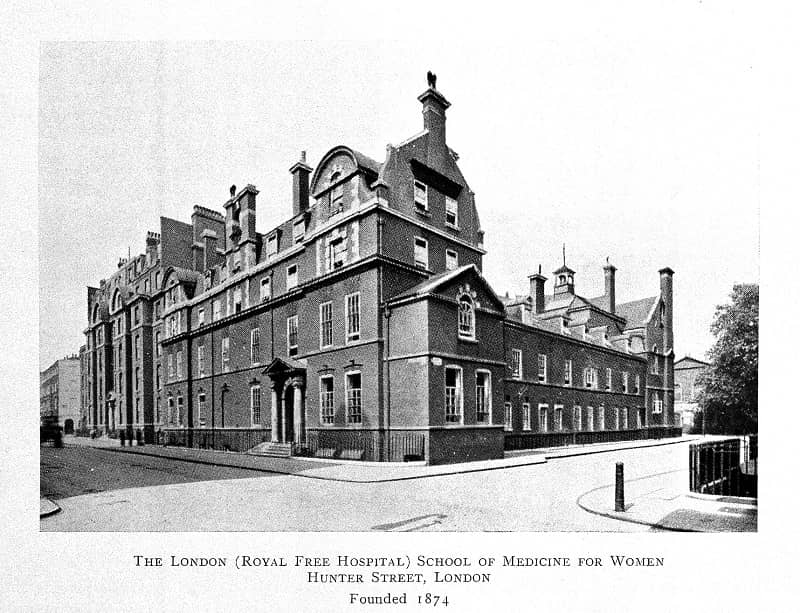
Under the pseudonym ‘A Hindu Lady’, Rukhmabai wrote two letters to Times of India
Below is an extract from a letter written by Rukhmabai to Times of India on June 26, 1885,
ADVERTISEMENT
“This wicked practice of child marriage has destroyed the happiness of my life. It comes between me and the things which I prize above all others – study and mental cultivation.Without the least fault of mine I am doomed to seclusion; every aspiration of mine to rise above my ignorant sisters is looked down upon with suspicion and is interpreted in the most uncharitable manner.”
A period film by Ananth Mahadevan, “Rukhmabai Bhimrao Raut”, is being made which will trace the life of journey of India’s first practicing doctor.
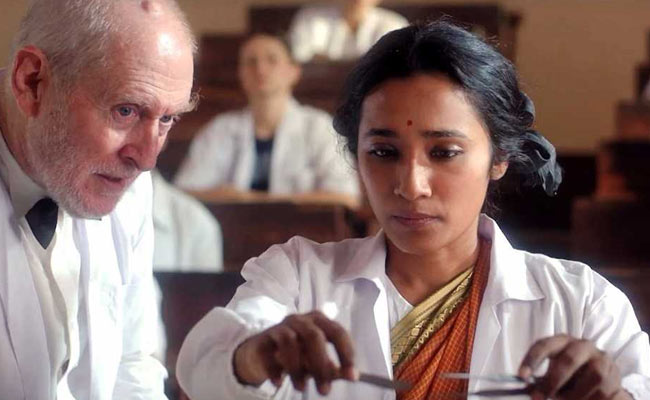
When in 1904 Bhikaji passed away, Rukhmabai started wearing a white saree as per the Hindu traditions of widowhood. Rukhmabai breathed her last on 25th September 1955. A strong lady who fought against the system and the age-old inhuman traditions, Rukhmabai changed the lives of many women in this country. She not only displayed exceptional determination, but also challenged to change the age-old thinking of all.
ADVERTISEMENT


